Kaluakauka (Doctor's Pit)
The spot where the namesake of the Douglas fir met his mysterious end on a Hawaiian volcano.
Hidden off the beaten path on the slopes of Mauna Kea, the dormant Hawaiian volcano, there’s a rough stone spire that marks the spot where the famed botanist David Douglas is said to have died. But what this monument to the namesake of the Douglas fir doesn’t allude to is the story of the strange events surrounding Douglas’s death. There is no mention, for example, of the former convict who will likely always be implicated.
Douglas was born in the Scottish village of Scone, and grew up attending a series of prestigious schools to learn botany and horticulture. During the mid-1800s, he traveled to America a number of times to research, collect, and catalogue the flora of the country. On one such excursion he became forever associated with Pseudotsuga menziesii, now called the Douglas fir (even though technically it is not a fir, since it does not belong to the genus Abies, but who’s counting).
In 1834, while visiting the Big Island of Hawai’i, Douglas decided to hike the area on and around Mauna Kea, staying with some locals on his way. On the morning of July 12, he stopped by the hut of one Edward “Ned” Gurney to ask for directions, and ended up staying for breakfast. Gurney was an Englishman from Middlesex, about the same age as Douglas, but the two couldn’t have been more different. Where Douglas had come up surrounded by education and palace finery, Gurney had run afoul of the law at an early age and had been paying for it ever since.
It’s unclear what the two men talked about during their meeting. What we do know is that once Douglas left Gurney’s hut, Gurney followed him for a bit, warning him to look out for some pit traps he had dug to catch wild cattle. Later that day, Douglas was found dead in a cattle pit, having been trampled by a wild bull that had fallen into the pit on top of him.
Almost immediately, suspicions began to swirl about Gurney’s role in Douglas’s death. Rumors spread that Douglas had been careless in flashing his money in front of Gurney. Rumors that Gurney killed Douglas continued to dog him for the rest of his known life. Even today, Gurney is almost exclusively remembered as the man who may have killed David Douglas, even though he was never convicted of the crime.
Douglas was eventually buried in a common grave at Honolulu’s Kawaiaha’o Church. In 1856, a grave marker was installed at the church, but not on his exact burial spot, as that remains unknown. In 1934, on the centennial anniversary of Douglas’s death, the Hilo Burns Club, a Scottish heritage organization named after the famous poet Robert Burns, erected a stone obelisk and brass plaque on the spot where Douglas’s body was found, along with 200 Douglas firs. The site is now known as “Kaluakauka,” translating to “The Doctor’s Pit.”
Know Before You Go
To visit, take Saddle Road to the Mauna Kea access road to the Keanakolu-Mana Road.


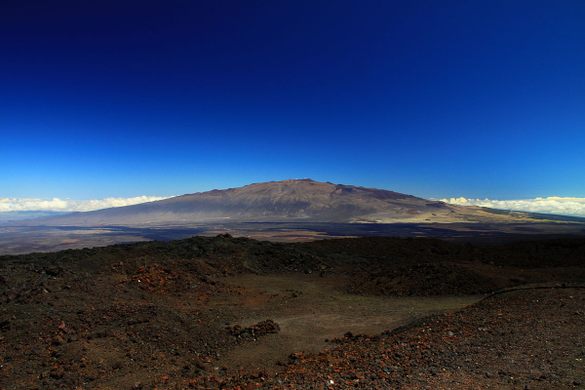
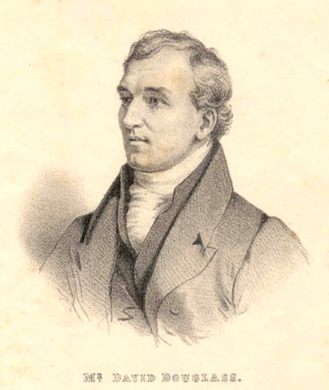

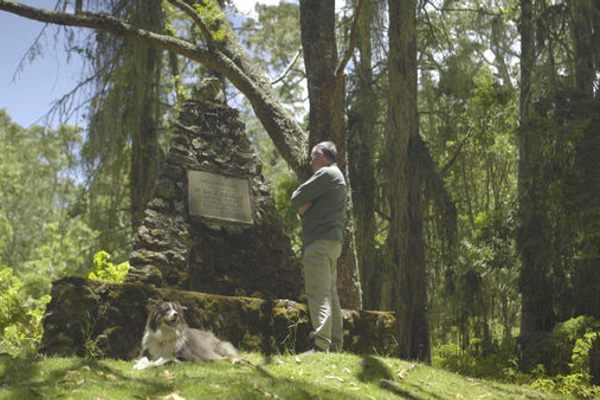




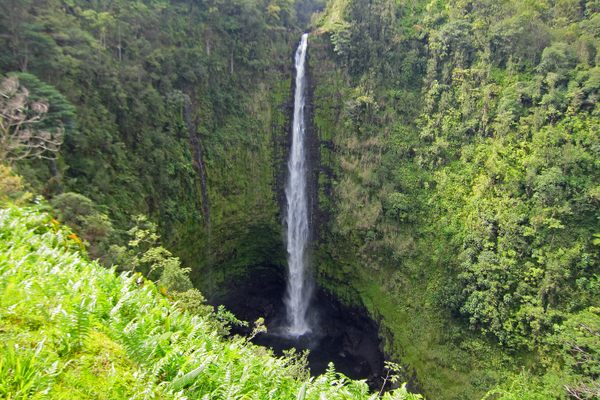



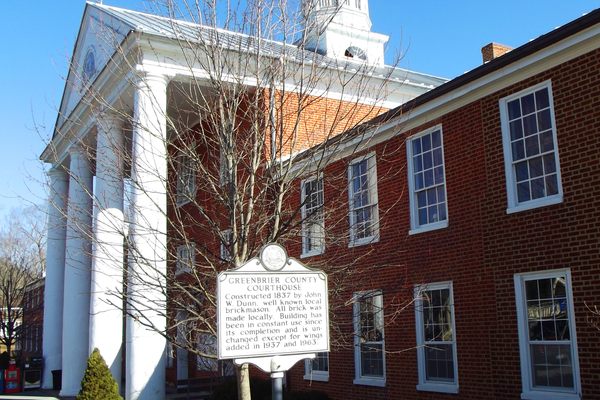

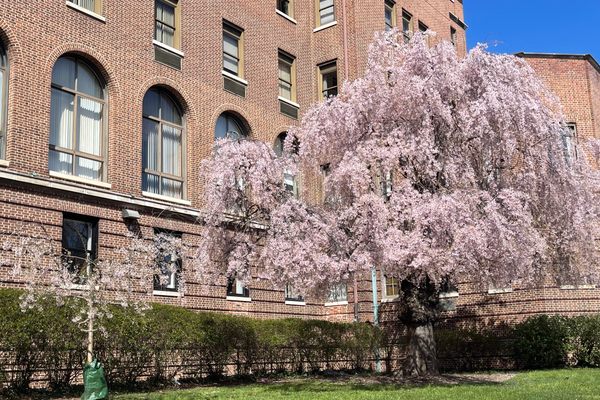

Follow us on Twitter to get the latest on the world's hidden wonders.
Like us on Facebook to get the latest on the world's hidden wonders.
Follow us on Twitter Like us on Facebook